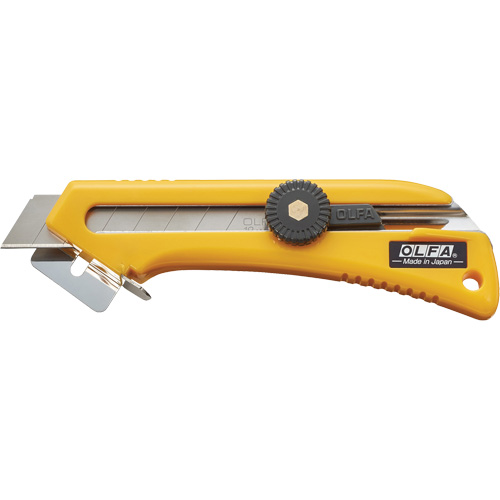- Joined
- Sep 19, 2017
- Messages
- 1,612
I've been in the knife game for about 3 years now, and I've heard about and collected several, though certainly not all, of the new generation of steels -- the "supersteels." I have what many of you own: S30V, S35VN, S110V, S90V, and CTS-204P/20CV/M390. In watching videos and seeing how sprint runs are gobbled up and then resold on the secondary market, I've seen how Shabazz, Cedric and Ada, and everyone else bows to the triplet CTS-204p/20CV/M390.
Here's my issue: I do a lot of e-commerce, so I use my knives to cut down boxes that contained packages. (I also cut down thick boxes that were used at Costco to hold my purchases.) After cutting only a few feet of cardboard, even my best steels are noticeably duller. What's my methodology for knowing that? I test the knife against the short edges of those Valpack coupons that I constantly get in the mail. So I take my S35VN or M390 (or D2 or whatever) and strop (using green compound) about 50 times on each side so that my knife is back to its previous sharpness, as measured by ease of cutting the coupons. I just did this a little while ago after cutting down one small box with my Wayfarer 247. Once small box dulled it!
Is there a steel that will retain its edge against cardboard so that I won't have to constantly do these touchups? Should I be using Maxamet or Rex45 or something else, entirely?
Here's my issue: I do a lot of e-commerce, so I use my knives to cut down boxes that contained packages. (I also cut down thick boxes that were used at Costco to hold my purchases.) After cutting only a few feet of cardboard, even my best steels are noticeably duller. What's my methodology for knowing that? I test the knife against the short edges of those Valpack coupons that I constantly get in the mail. So I take my S35VN or M390 (or D2 or whatever) and strop (using green compound) about 50 times on each side so that my knife is back to its previous sharpness, as measured by ease of cutting the coupons. I just did this a little while ago after cutting down one small box with my Wayfarer 247. Once small box dulled it!
Is there a steel that will retain its edge against cardboard so that I won't have to constantly do these touchups? Should I be using Maxamet or Rex45 or something else, entirely?

